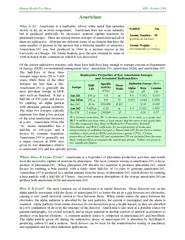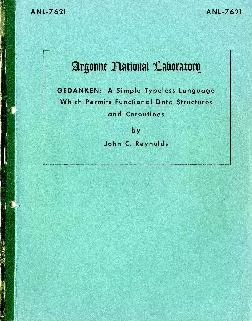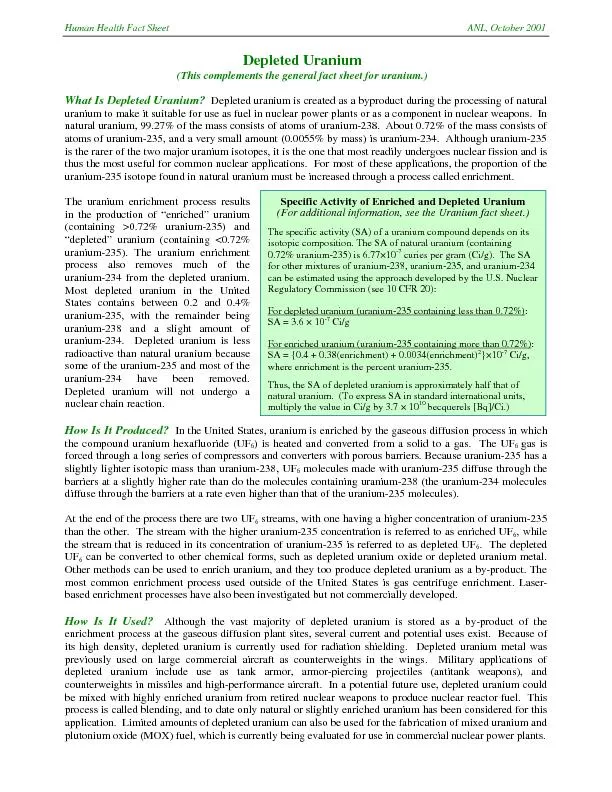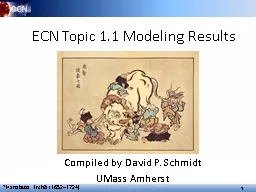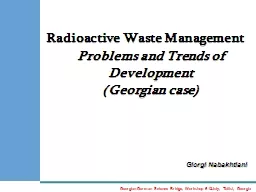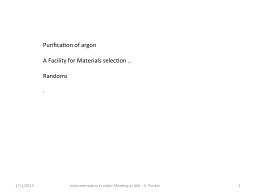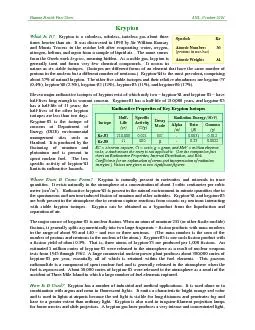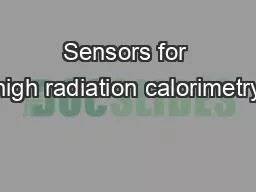PDF-Human Health Fact Sheet ANL October Radioactive Prope
Author : test | Published Date : 2015-04-28
5 55 0052 0033 Am242m 150 yr 98 IT 0025 0044 00051 Am242 16 hr 820000 EC 018 0018 Am243 7400 yr 020 53 0022 0055 Np239 24 days 230000 026 017 IT isomeric transition
Presentation Embed Code
Download Presentation
Download Presentation The PPT/PDF document "Human Health Fact Sheet ANL October Rad..." is the property of its rightful owner. Permission is granted to download and print the materials on this website for personal, non-commercial use only, and to display it on your personal computer provided you do not modify the materials and that you retain all copyright notices contained in the materials. By downloading content from our website, you accept the terms of this agreement.
Human Health Fact Sheet ANL October Radioactive Prope: Transcript
Download Rules Of Document
"Human Health Fact Sheet ANL October Radioactive Prope"The content belongs to its owner. You may download and print it for personal use, without modification, and keep all copyright notices. By downloading, you agree to these terms.
Related Documents

